Table of Contents
In our modern-day city architecture, a very specific type of design is gaining quite a bit of attention these days and that targets a specific group of people: the homeless. This architectural design style of approach is commonly known as “hostile architecture”. Whereas all other architectural designs encourage people to use spaces, this peculiar form of architecture discourages people.
This is typically done by making things uncomfortable or sometimes impossible to use for some purposes like sleeping, sitting for a long time or chilling. This has gained so much attention these days because it has deliberately been done for marginalized groups, especially for the homeless. Let’s look into what is hostile architecture, why it was discovered, and how can people fight this type of hostile design.

What is Hostile Architecture?
Hostile architecture is an architectural design that controls the movement and behavior of people in public areas. This can be done by various design methods such as:

- Uncomfortable benches: Benches are designed in a way that you can only sit on them and can’t sleep, for such they install dividers, tilted seats or uncomfortable shapes.
- Landscape features: Sometimes landscape is designed in such a way that it looks beautiful but it also discourages prolonged use of space. Some of the examples are placing rocks, boulders or even plants and trees in specific areas to avert sleeping.
- Anti-homeless spikes: when you see metal spikes or concrete studs installed on benches, windows and ledges it is a part of hostile architecture. It was invented to stop birds being sitting on windows but is now used to prevent the homeless from sitting for a long time or lying down comfortably.
- Armrests on benches: Placing dividers between public park benches seems dumb but it is actually to prevent certain individuals from stretching.

These design choices are intended to be subtle and something that blends easily into the architectural design environment, so it look less obvious to a layman. However, the impact of these measures can be intense for the homeless.
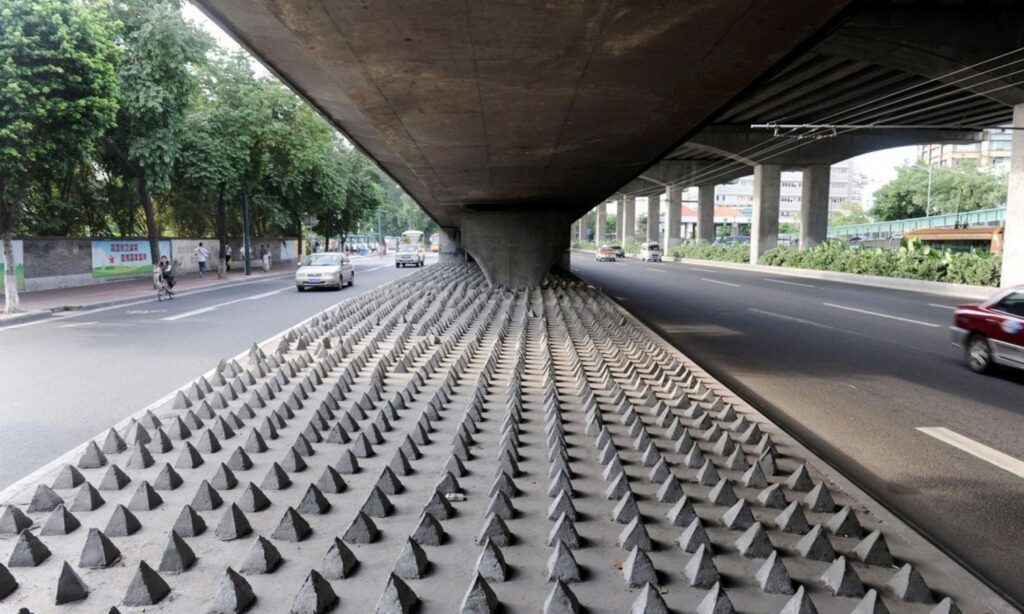
Hostile Architecture: Where and how it was originated
The idea behind developing hostile architecture has its roots in the desire to manage spaces efficiently and reduce maintenance costs. Also some serious concerns about preventing crimes on the streets and a step towards stopping them. In the late 20th century, this approach gained popularity as urban planning faced challenges and architects and designers tried to keep balance with socio-economic development.
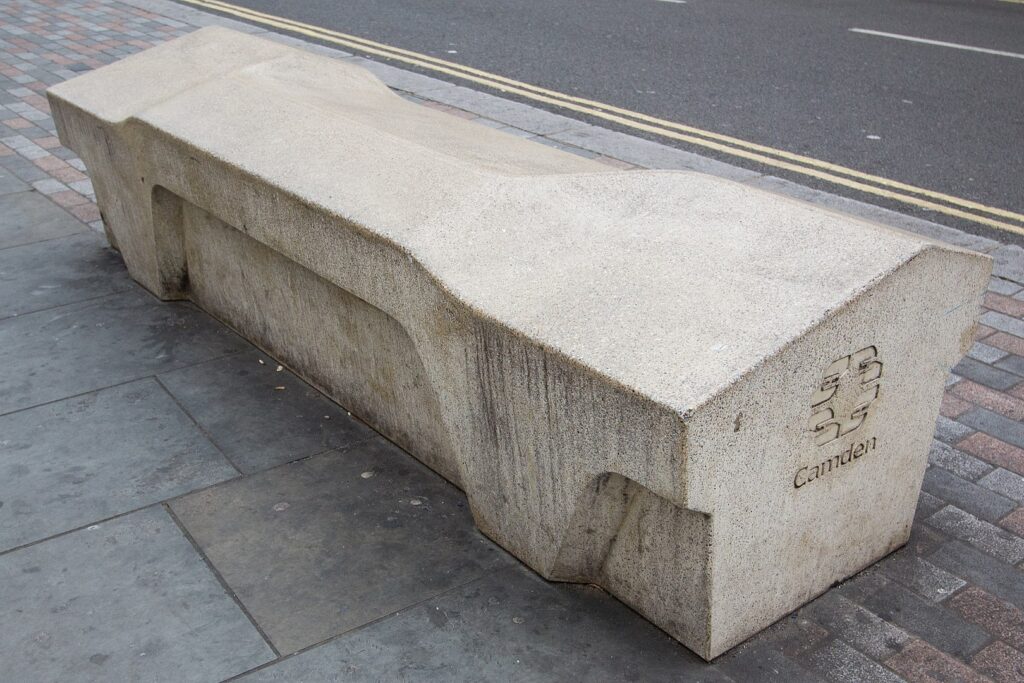
The main objective of this type of architectural design was to stop undesirable activities such as sleeping, begging, or hanging around. City planners and architects decided to follow hostile designs to persuade against these behaviors.
Hostile Architecture’s Effects on Homeless and Everyday People
The Effects of such design practices have some serious implications, specifically for the homeless:
- Health and safety: Hostile architecture is a nightmare for someone experiencing homelessness. By limiting the options to sleep, these designs contribute to bad mental and physical health risks.
- Dignity and isolation: The homeless feel like they are being excluded and isolated. This may lead already marginalized to think that they are being dehumanized.
- Exacerbating hardships: Hostile architecture intensifies the daily life struggle of a person without their own house by limiting access to public spaces where they might find some rest.
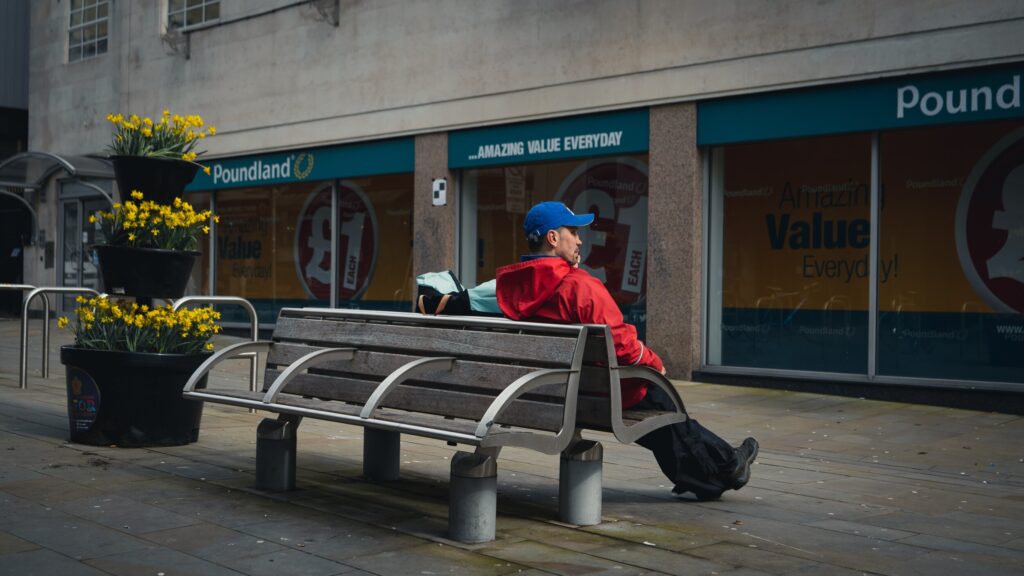
Not only the homeless but everyday people also feel the effects of hostile architecture. This method of city planning restricts the ways ordinary people can interact and utilize shared public areas. I have explained above, that sitting on uncomfortable benches discourages socializing and, it can also affect people who are looking for relaxation or recreation.
What Are The Examples of Hostile Architecture in Cities?
From blue-lit public washrooms in British Columbia, Canada to leaning bars in New York City, USA various cities all over the world are implementing this type of hostile design in their public areas, sometimes as a renovation and many times in the name of urban redevelopment. Some notable examples are:
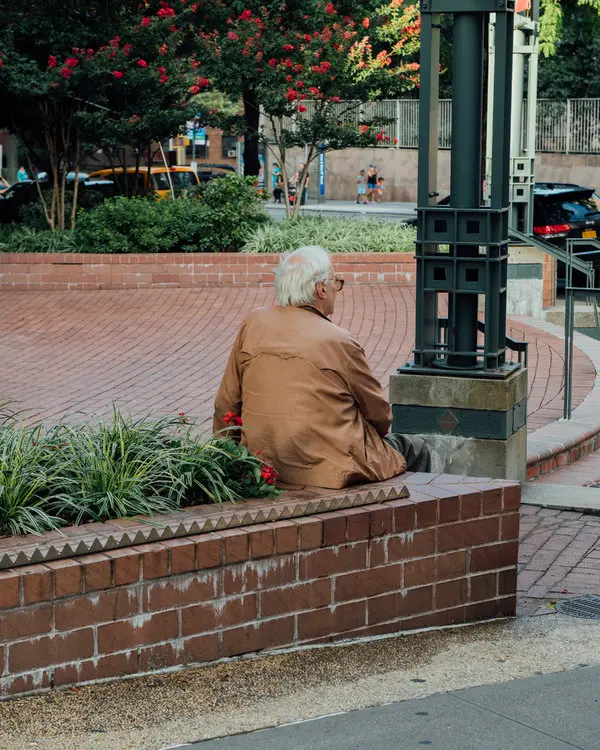
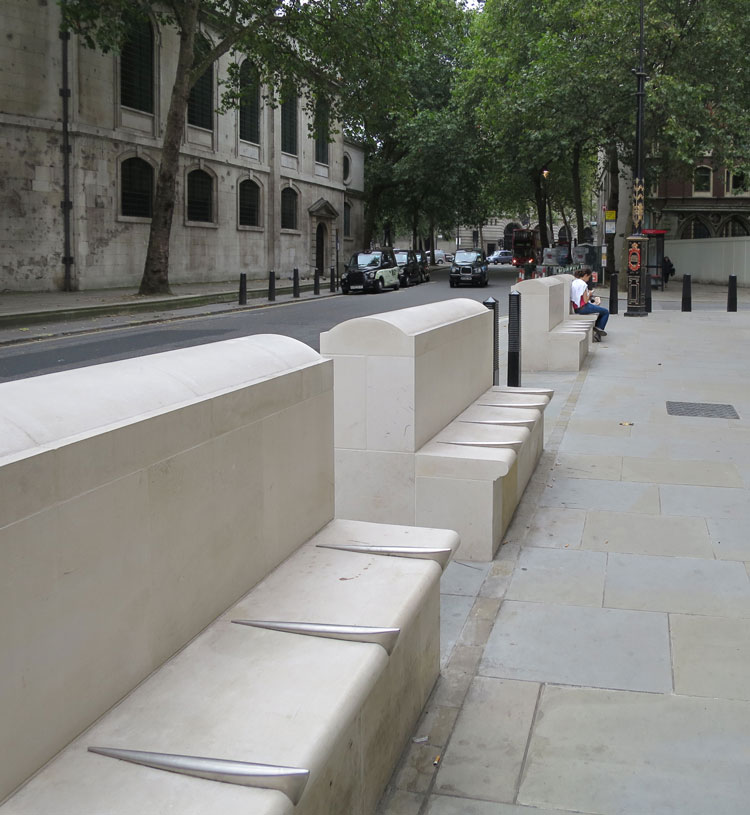
- New York City, USA: According to an article published in the New York Times in 2019 the spikes, dividers, metal bars, and gates in various locations like 47th Street, 56th Street, and Third Avenue are prime examples of hostile architecture in New York City. You can read the full article here
- London, United Kingdom: Spikes on the streets in the lighthouse basin marina, benches with dividers in front of Somerset House, and broken tilted bench installations near Bromley are some examples of how London city is implementing hostile architecture. Read here in detail
- Tokyo, Japan: Japan has taken hostile architecture to the next level by using tubular benches, uncomfortably short benches and boulders placed in public places to discourage activities like camping.

Not only developed countries but also developing countries like India and Ghana also taking this approach. Measures taken by these countries just to exclude certain groups sparked debate among activists, questioning the ethics of architecture and design. If you are interested there is a link of blog with 15 examples of hostile architecture – Read Here
The Ethical Debate Over Hostile Architecture
The use of hostile architecture raises many concerns among people as to how can you design something for the public but they can’t use it. It also creates a debate among other designers about ethical questions and responsibility. While those who are practicing this, argue about aesthetics and economic interests over human welfare. Whereas those who oppose tend to talk about the fundamental principles of inclusiveness and social justice.
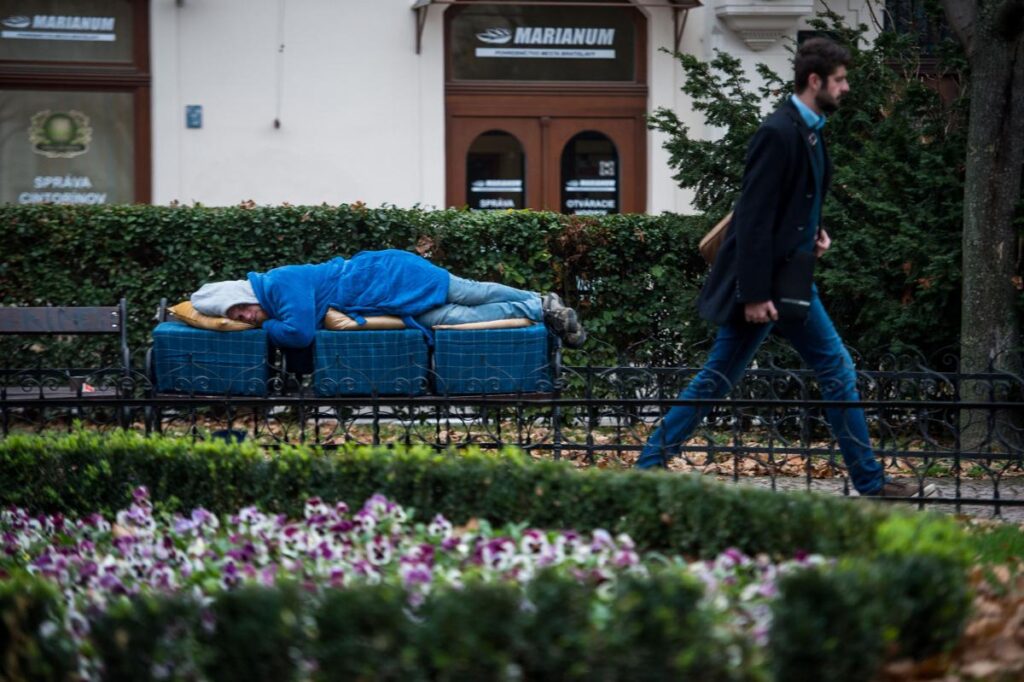
What Are The Alternative Approaches to Urban Architecture
With every concern about the use of architecture that keeps people out of public places, activists suggest some humane and inclusive approaches to city planning. Involvement of the community that is most affected by this practice and ensuring that public spaces are more accessible and inclusive is one way. Another way can be, keeping in mind the impact of these designs on the less fortunate and showing some empathy while designing. Creating a flexible design that can fulfil both needs can be the best possible way.
Hostile architecture is part of a bigger trend in urban development, while these designs can help with the social challenges in the short-term, somewhere they do inequality with marginalized groups of society. If we prioritize empathy, engagement and inclusivity in urban development, cities will look more livable and welcoming for all. In conclusion, we need to build environments where every individual can feel the richness of urban life with dignity and equal rights.


2 thoughts on “Hostile Architecture: How it Affecting Homeless and Everyday Commuting People”
Comments are closed.